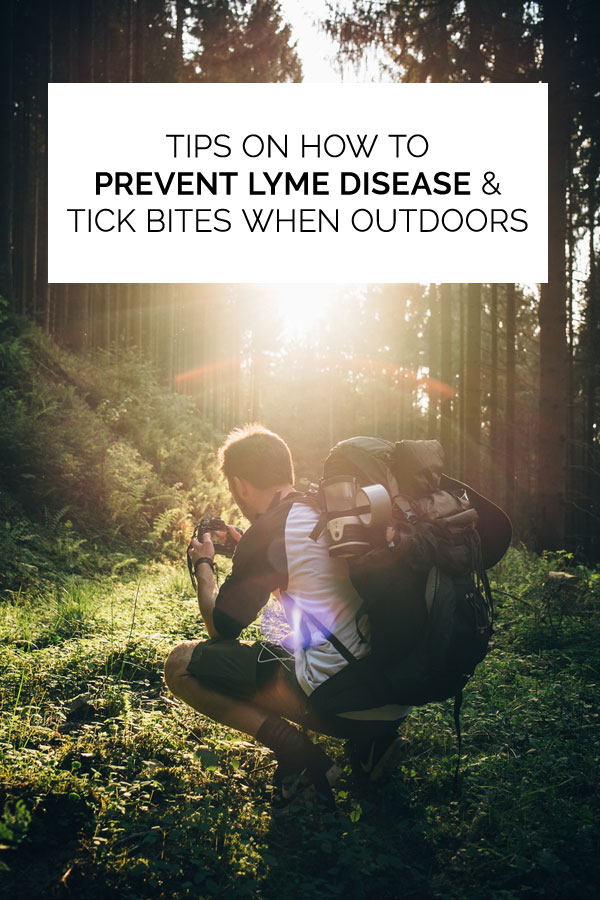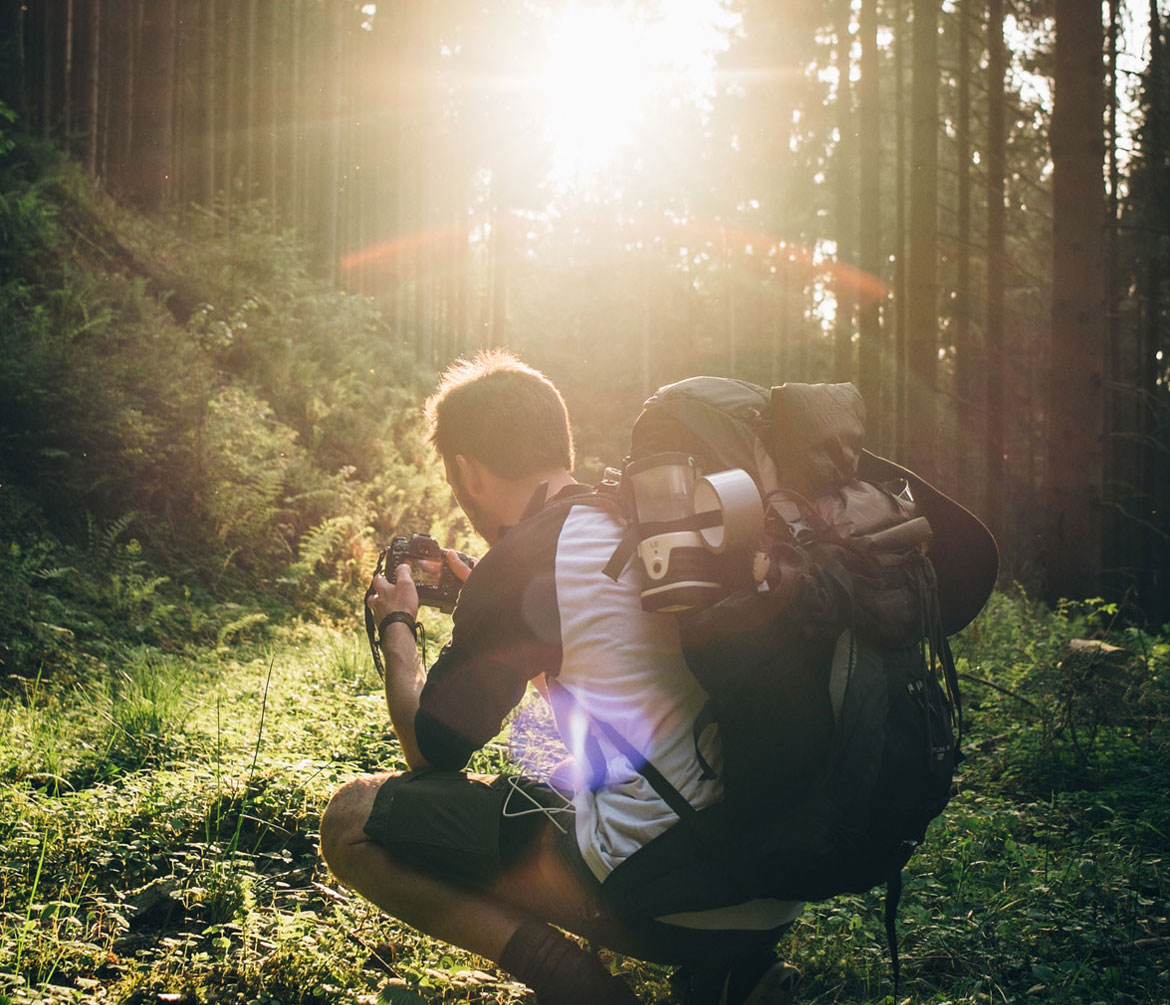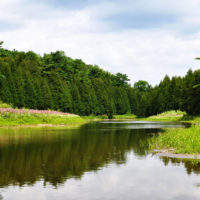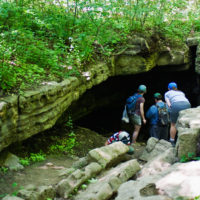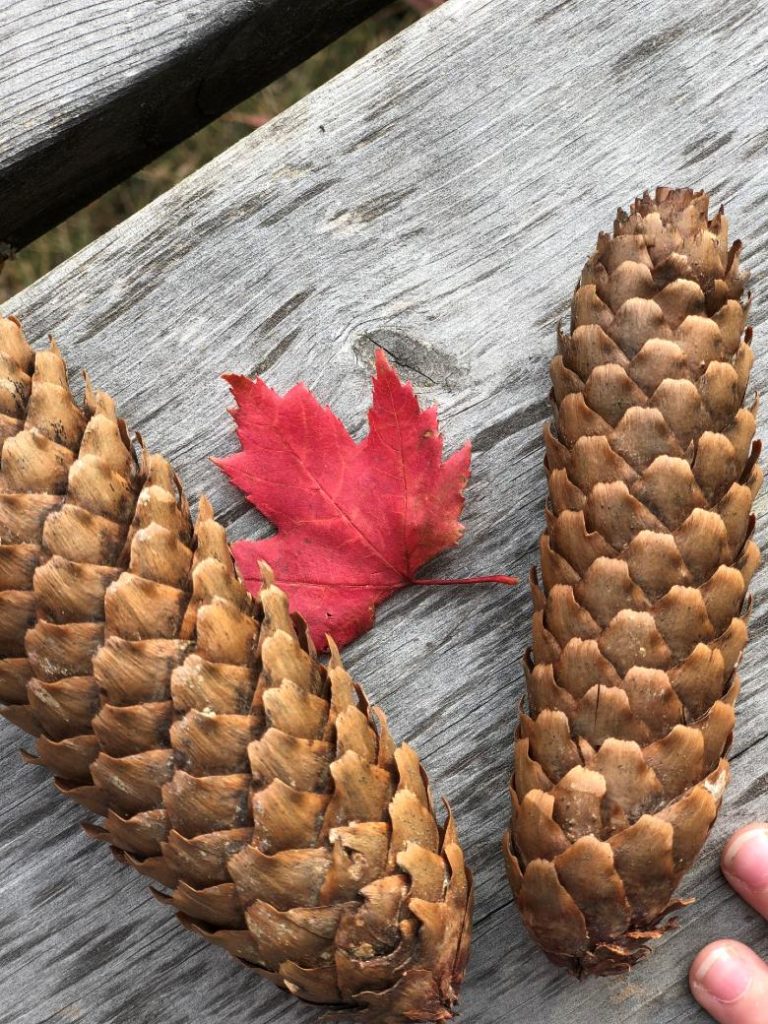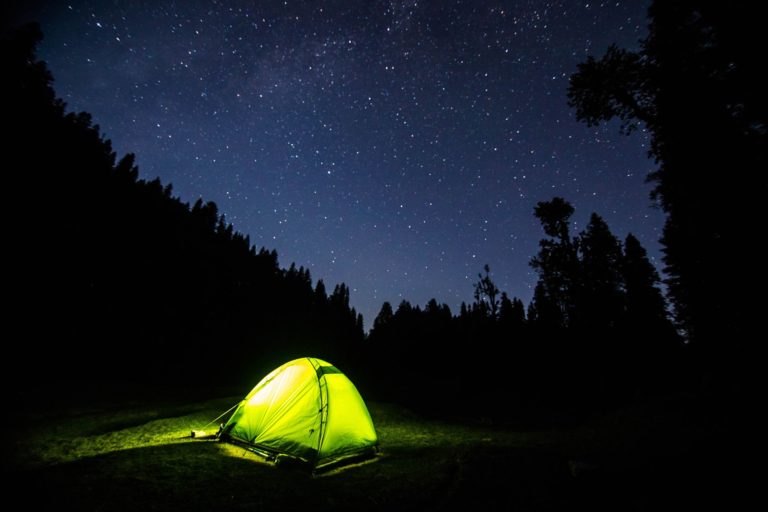Ticks that cause Lyme Disease have spread well into Canada over the past few years. Luckily there are tips on preventing Lyme disease that everybody should know about.
There’s no need to not enjoy time outdoors. However, with a few precautions and an understanding of what ticks are, you can prevent the chance of getting sick.
What Is Lyme Disease?
Lyme disease is one of the fastest growing infectious diseases in North America. If untreated in the early stages, it can lead to serious problems involving joints, the heart, and central nervous system. This is why preventing Lyme Disease is so important.
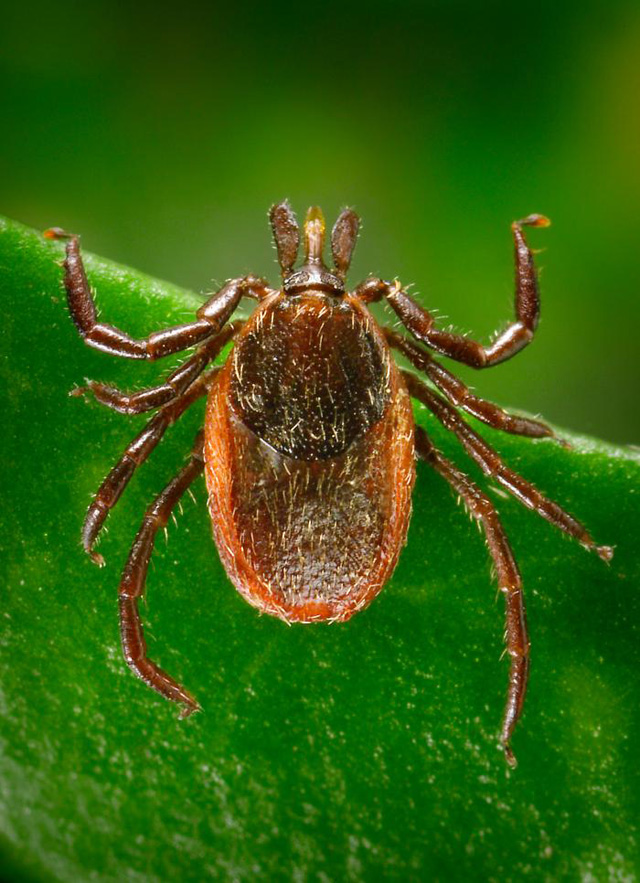
It’s often passed along via ticks which are most active during the spring and summer when they are in their “nymph” stage. As a result, they are so tiny that they can go on feeding for several days after traveling to a human host.
As for when they strike: young ticks are the worst in the spring and summer. Adult ticks are an issue into the late fall.
Tips For Preventing Tick Bites
How to avoid ticks while hiking and spending time outdoors? Here are ten tips to keep in mind:
- Choose tick-repellent clothing, particularly items treated with permethrin insecticide that repels and kills ticks. Spray your own clothing with insect repellent which can be found in many outdoor retailers across Canada.
- Make sure you choose an insect repellent that can be applied to exposed skin.
- Cover up! Reduce the amount of skin exposed by wearing long pants, long-sleeved shirts, and a hat.
Wear proper clothing & footwear at all times
- Light-coloured clothing makes it easier to spot them.
- While it may be unfashionable, tuck in your shirt into your pants. Tuck your pant legs into your socks as an extra line of defense against ticks.
- Use marked hiking trails and avoid deer paths.
- Every time you go hiking in the woods, check for ticks during your visit and right afterward.
- Bathe as soon as you return from your excursion. Bathing helps remove unattached ticks from your body. In addition to this, it’s particularly a good time to inspect for any unwanted hitchhikers.
- Remove your clothing as soon as possible. Place them in the dryer at high heat for about 30 minutes to kill any ticks.
- Pets can transport these bugs as well. Inspect them carefully after returning from your excursion.
I would also recommend you carry a pair of fine-tipped tweezers with you, as well as a magnifying glass if you’re eyesight is not so great. Read on to find out why.
With these 10 + 1 tips you will be ahead of the game. So if going into the bush this summer, better to prevent and nip the problem in the bud!
How To Remove A Tick
So you’ve been bitten. What do you do next? How to remove a tick?
First of all, don’t panic and don’t brush off the tick!
Instead do this:
- Grasp the tick as close to your skin as possible using a fine-tipped pair of tweezers.
- Pull up smoothly with steady pressure.
- Clean your affected area with soap and water, and rubbing alcohol. Wash your hands as well.
- Don’t squish the tick. Dispose of it in a sealed container.
This video from the Mayo Clinic walks you through the process.
In Ontario, Canada, the recommendation is to connect with your local public health unit as they are testing ticks and their spread in the province.
If you end up with a rash or a fever a few weeks after the bite, go to your doctor or a walk-in clinic immediately. The rash is usually a bulls-eye.
Resources
Ontario government’s page on preventing Lyme disease for more information.
Aside from keeping an eye out for ticks when on the trails, also remember about your personal safety. Hike as a group and be aware who else is sharing the trails with you.
PIN THIS!
